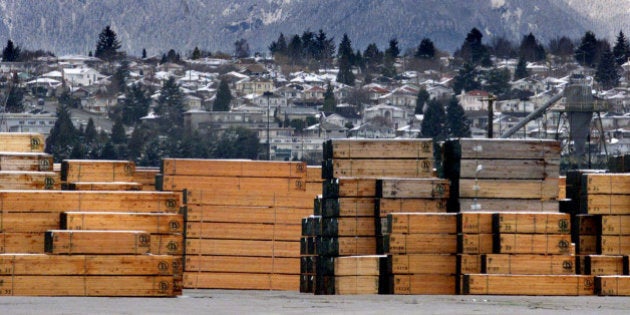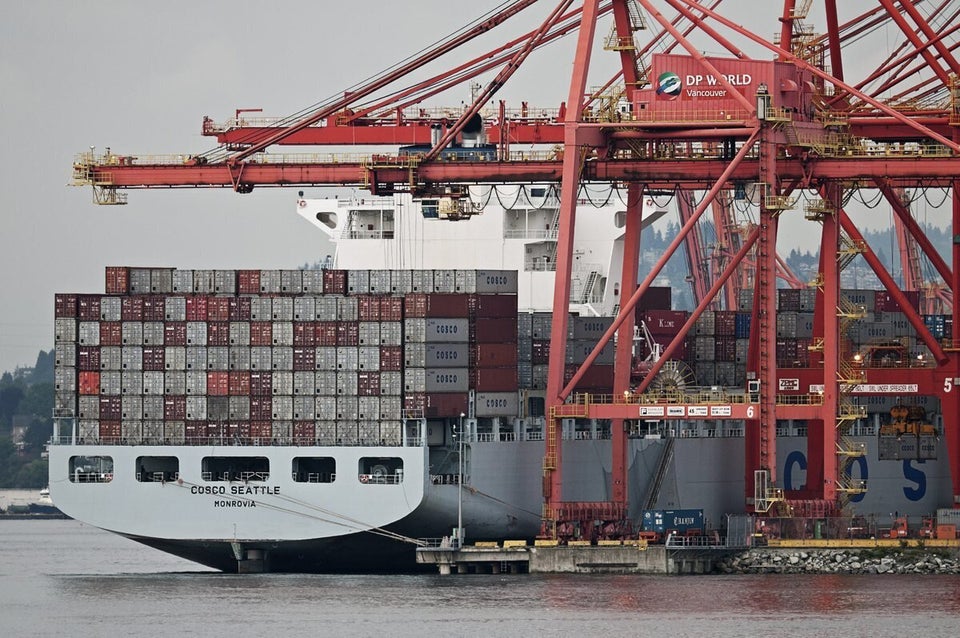
The next seven months could be very nervous times in Canada's forestry sector, particularly softwood lumber.
That's because the Softwood Lumber Agreement that Canada signed with the U.S. in 2006 expired last October 12. Canada had hoped to simply renew the agreement at that time, but the U.S. refused. Instead, we have a one-year grace period in which the United States is obliged to refrain from bringing new trade cases against Canadian lumber for one year. That ends next October.
The timing is especially troublesome. By next October, the United States will be just one month away from its next presidential election day.
Going into these seven months of discussions, it is vital that we have a unified Canadian position that protects Canadian jobs.
Getting the U.S. to agree to a reasonable deal will become increasingly difficult as that day approaches. There will be little appetite among any of the candidates, whoever they might be, to sign anything that looks like it favours the Canadian industry in any way.
In fact, softwood has proven to be an effective political football south of the border in the past, and in the particularly rhetoric-heavy election that is already on display in the U.S., we can expect to see it treated as such again.
That will be bad for Canada, particularly of the industry north of the border does not stick together.
Going into these seven months of discussions, it is vital that we have a unified Canadian position that protects Canadian jobs. In the last round of negotiations a decade ago, the provinces and companies took separate positions, based on their own needs.
The predictable result was a deal that favoured the U.S. That can't happen this time.
There could be some argument that the stakes are not as high as in the past. Certainly, Canada's export market has diversified since the Softwood Lumber Agreement was signed. In 2006, about 80 per cent of Canada's softwood exports went to the U.S . Today, thanks to increased exports to Asia, it's about half .
But the U.S. market still accounts for about $5.6 billion in softwood lumber sales, so remains very important. And, with a downturn in the Asian market (particularly China) and recent growth in U.S. housing, the balance could start to shift back somewhat.
There are other differences from 2006, when the softwood agreement was signed. The North American industry is much more integrated, with most big Canadian producers having significant sawmill capacity in the United States, something that wasn't the case 10 years ago.
For instance, nearly 40 per cent of West Fraser Timber Co.'s sawmill capacity is in the United States. Canfor Corp. has 12 per cent of its capacity in the U.S., and is continuing to build up its output there.
All this is taking place while other forest products made in Canada and shipped to the United States have increasingly become the target of countervailing tariffs in the U.S. A petition filed by two American producers of supercalendered paper, the kind used for glossy magazines and catalogues, led to duties of up to 20.33 per cent against Canadian exports.
This is the same kind of action we saw regularly against Canadian softwood lumber until the 2006 agreement was signed, and is a clear signal that the United States is more than willing to go down that road again come next October.
All of which means, more than ever, that the Canadian industry and all levels of government, must work with one voice to get a new softwood lumber agreement -- and not let our own internal differences divide us and allow the Americans to win the day.
There are too many good jobs at risk, and communities that count on those jobs, to do otherwise.
Follow HuffPost Canada Blogs on Facebook
ALSO ON HUFFPOST:
